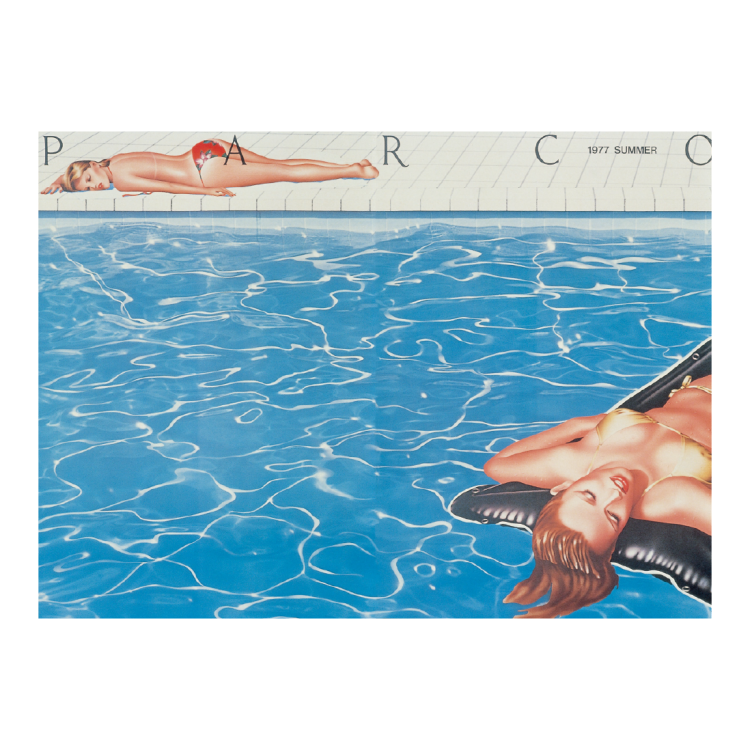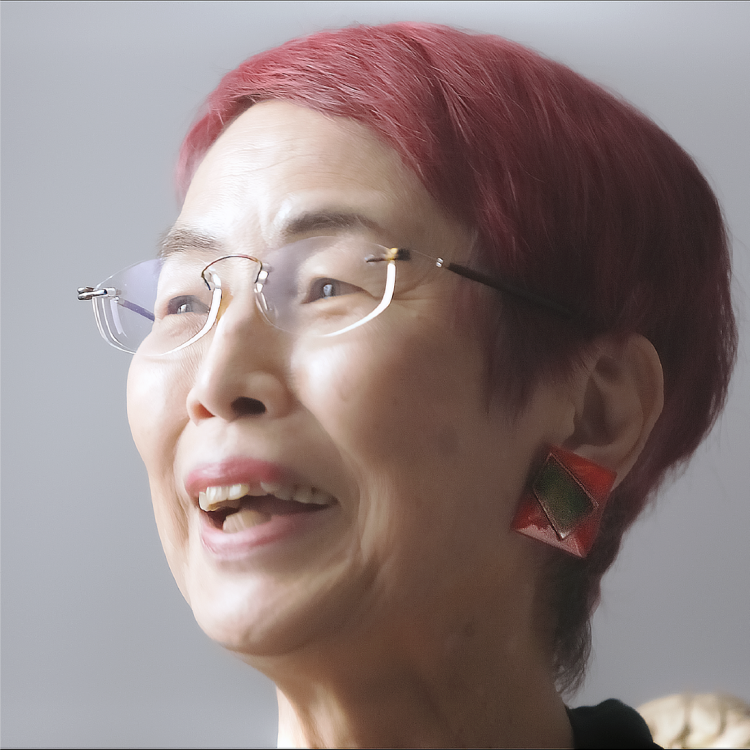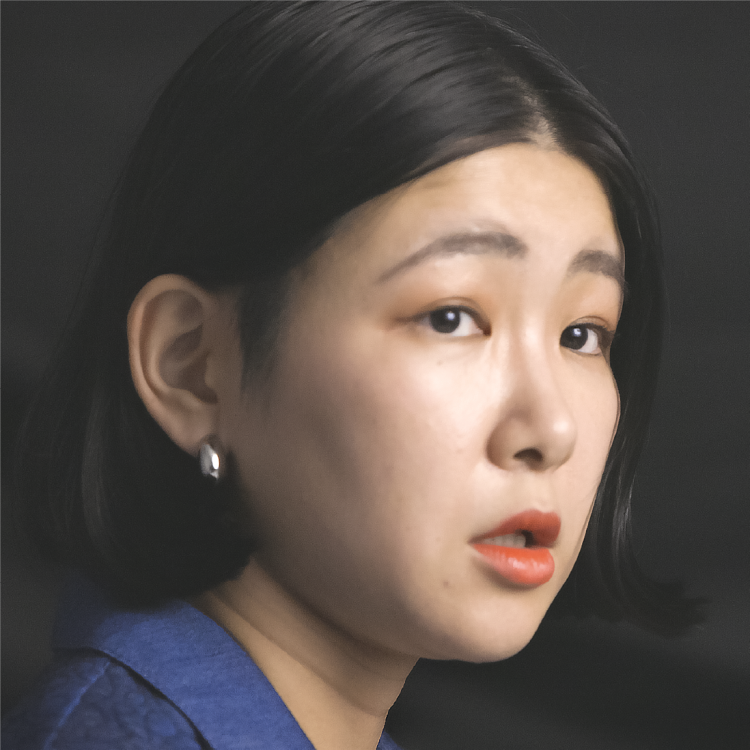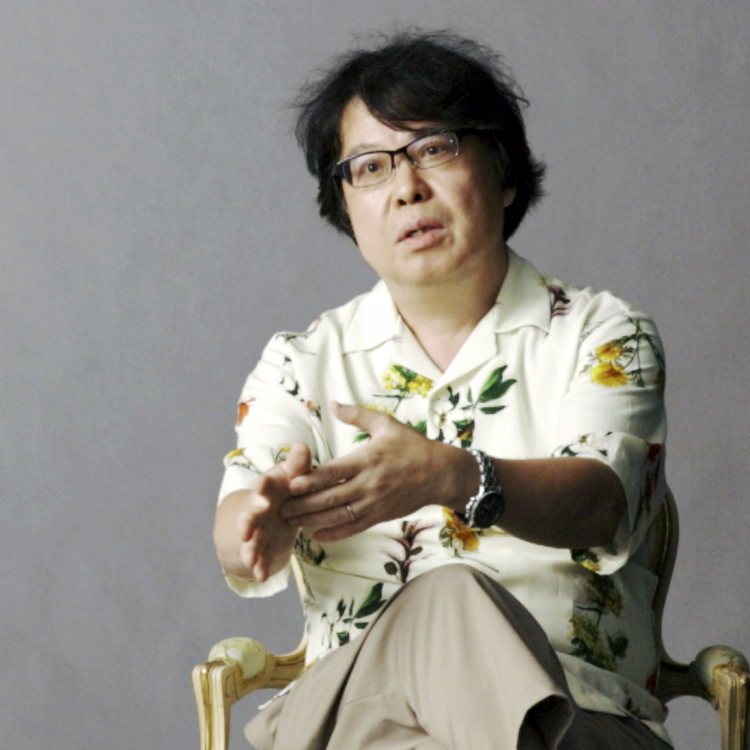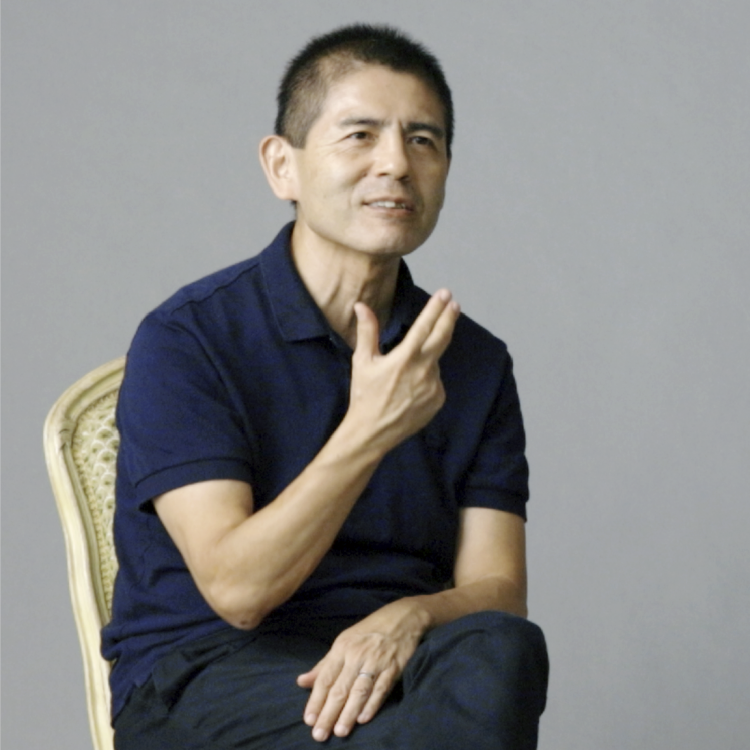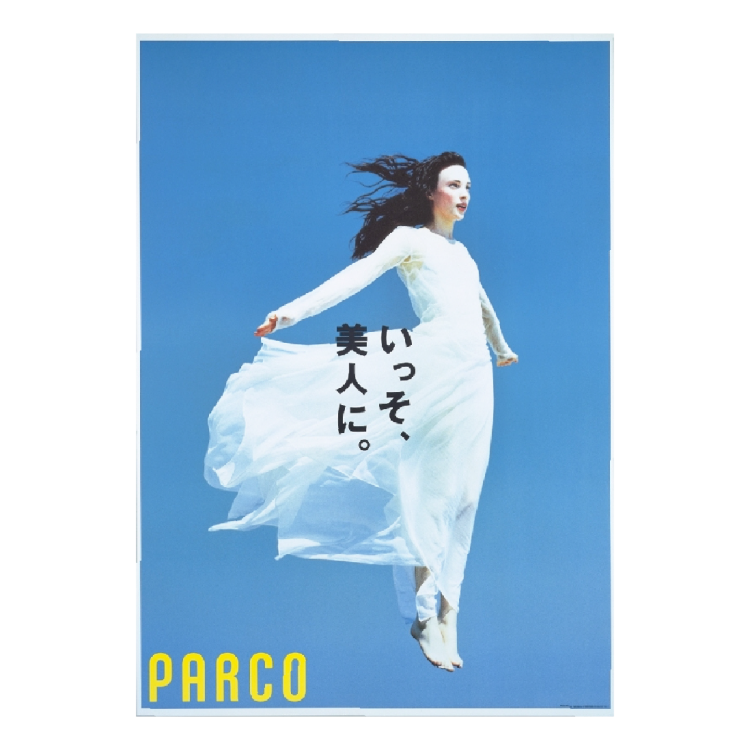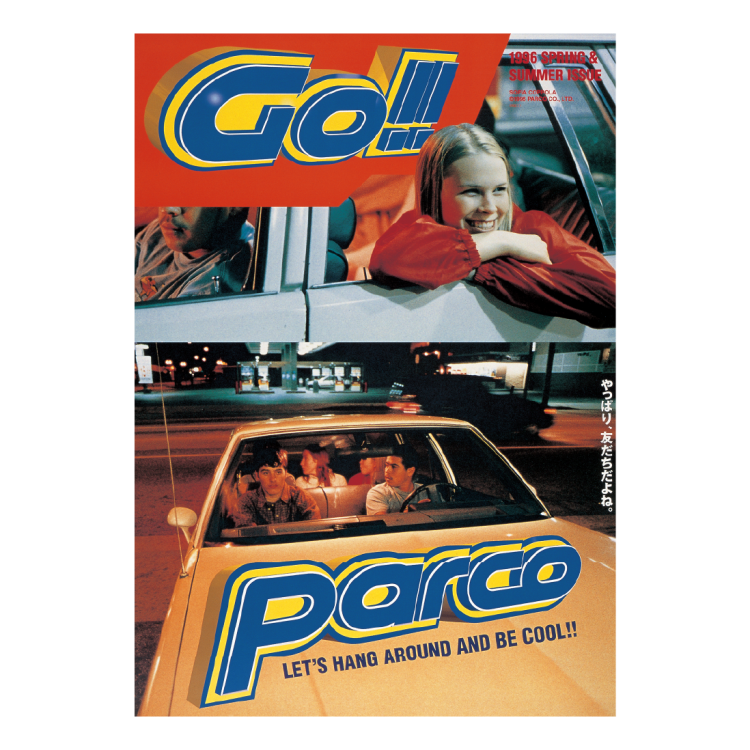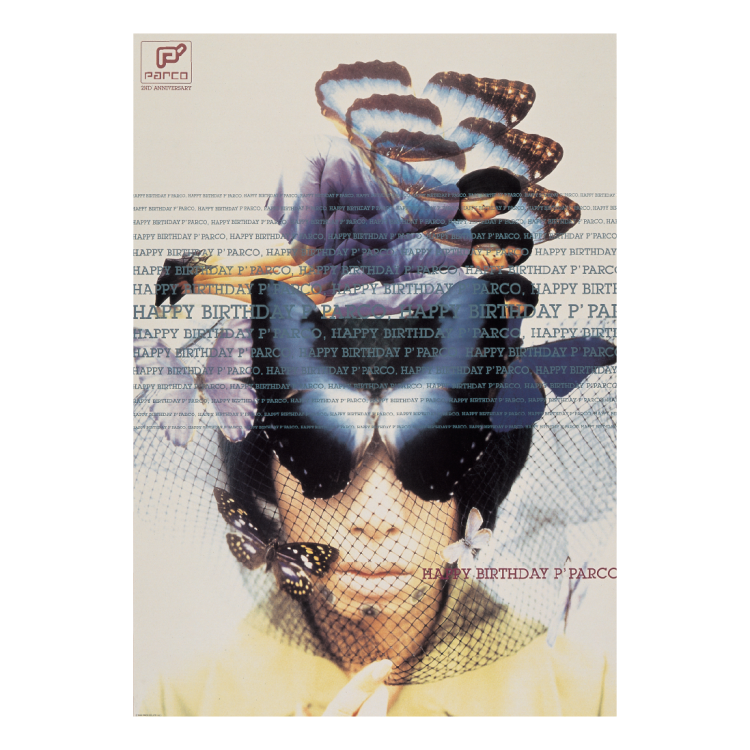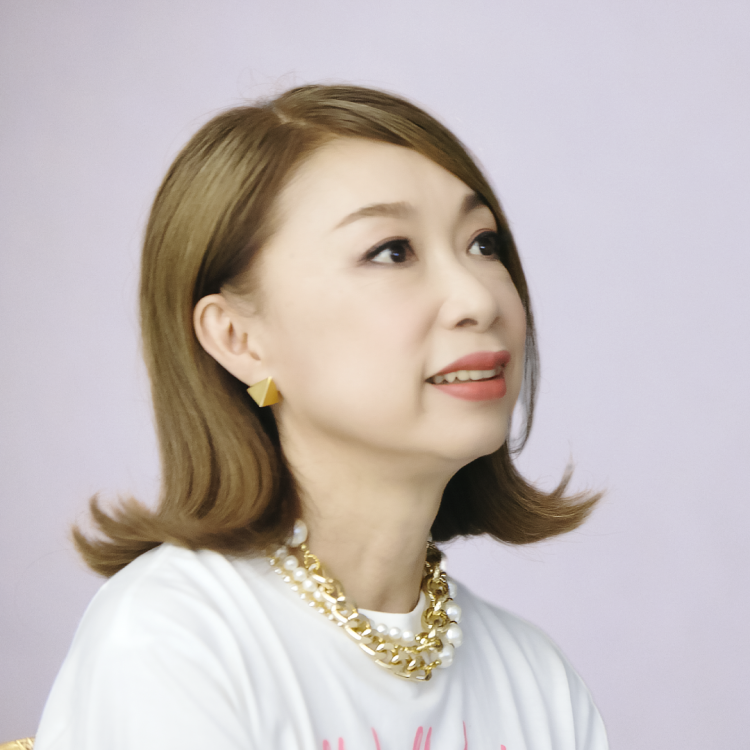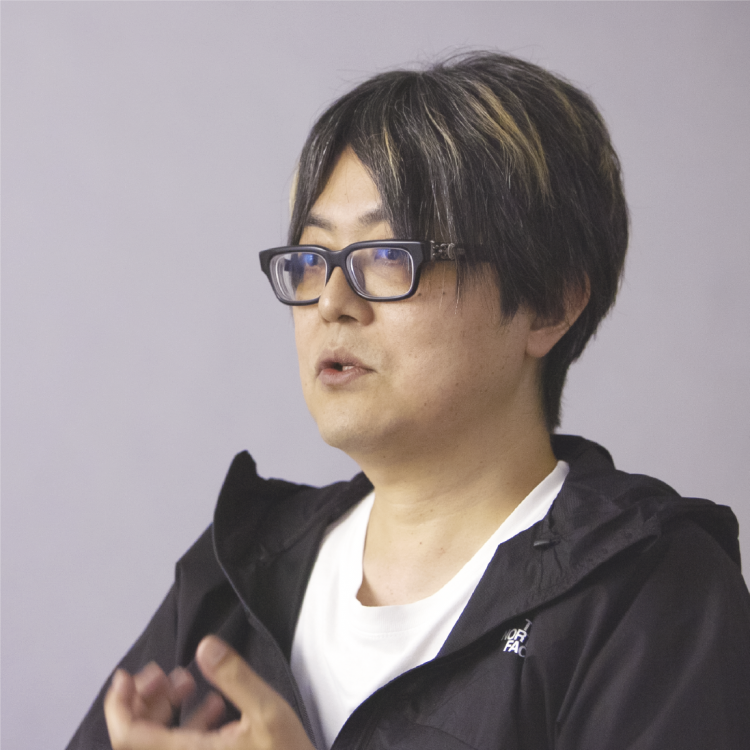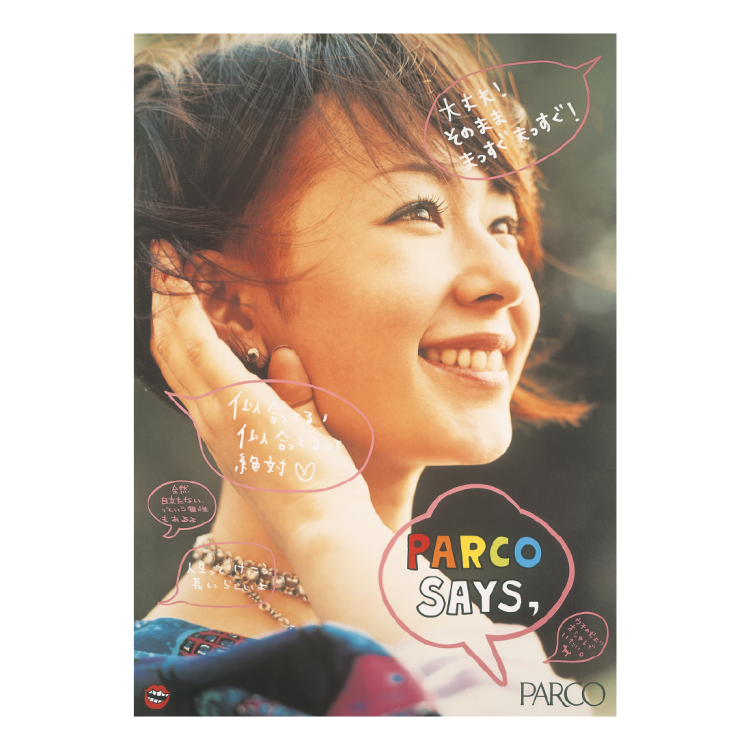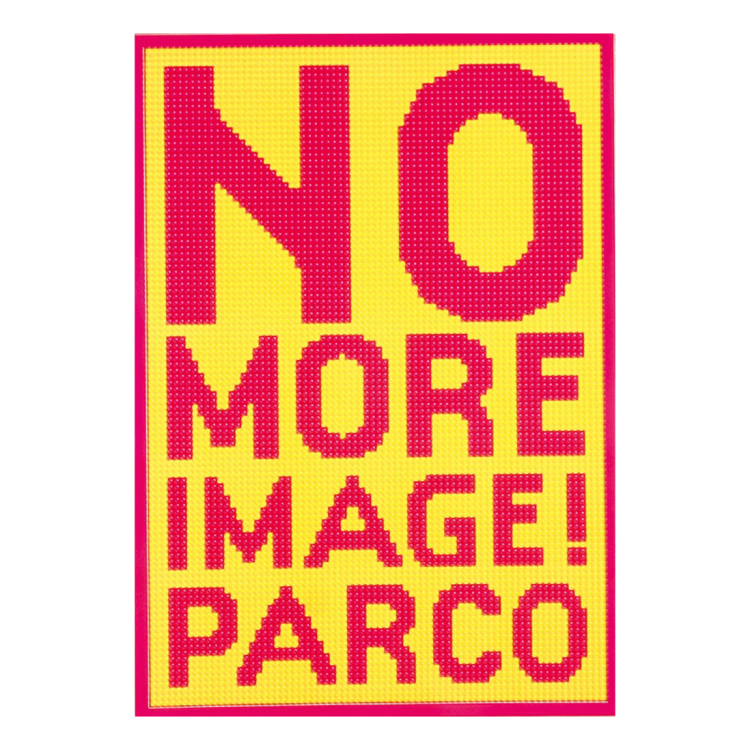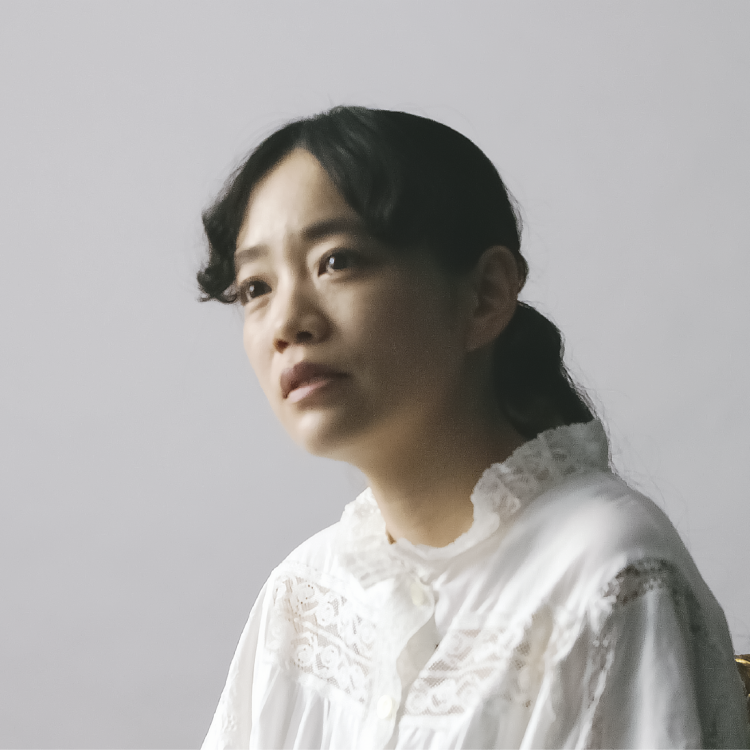“Advertising PARCO” 1969 – 2023 PARCO Advertising Exhibition | PARCO MUSEUM TOKYO

In this exhibition, we will attach keywords to each era,The structure goes back in time from “2000s and beyond/Art,” to “1990s/Shibuya,” “1980s/Advertisement,” and finally “1970s/Prophecy.”The structure includes Parco’s representative advertising works (posters, commercials, etc.). video) on displayI will do it.
Also,We invite two guest curators from each era and select works for exhibition through dialogue.Did. An exhibition space in which the history of PARCO’s advertising has been reinterpreted and reedited in a contemporary manner will be created by experts in the period.
*Items are subject to change without notice.
1970s “Prophecy”
The coexistence of contradictory values, such as avant-garde expression and a return to tradition, and high culture and subculture, was a characteristic of Parco’s advertising expressions and cultural activities in general during this period. It was a time of “prophecy” that affirmed modern diversity.
[Example of exhibition advertisement]
① “A model is not just a face.” 1975 AD: Eiko Ishioka C: Takeo Nagasawa P: Isumitsu Yokosuka
② “1977 SUMMER” 1977 AD: Yoshio Hasegawa I: Harumi Yamaguchi
[Guest curator]
Chizuko Ueno
Sociologist, Professor Emeritus of the University of Tokyo, Chairman of the certified NPO Women’s Action Network (WAN), and Chairman of the Chizuko Ueno Foundation General Incorporated Foundation. Born in Toyama Prefecture in 1948. He completed the doctoral course in sociology at Kyoto University Graduate School and holds a doctorate in sociology. Her specialty is women’s studies and gender studies. She also has nursing care and care for the elderly as her research topic. She is the author of many books, including “In Old Age Alone,” “Sociology of Care,” and “Misogyny in Japan.” She recently published “Tell me how girls live!” Ueno Sensei,” “The Path that Feminism Opened,” etc.
Arisa Harada
“Textrator” creates text, illustrations, and textiles. Born in Hyogo Prefecture in 1985. Her books include the “Japan’s Dangerous Girls” series, “Hyakume Hyakusama – Women I Saw on the Streets,” “A Story That Starts with Girl Meets Girl,” and “It’s Not Not Good.” She is the representative of “mon.you.moyo”, a fashion brand for demonic girls. She is serializing essays and novels in magazines and web media.
1980s “Advertisement”
Advertisements, which were bright and light on the surface, but had a certain “difficult” feel to them, were the star of a genre of expression, and as top creators competed to capture the trends of the times, they became more sophisticated. It was a time when
[Example of exhibition advertisement]
③ “How many hours did you live yesterday?” 1985 AD: Tsuguya Inoue C: Takashi Nakahata P: Noriaki Kano
④ “A hunter? A traveler?” 1983 AD: Tsuguya Inoue C: Shigesato Itoi P: Yoshinobu Jumonji
[Guest curator]
Noi Sawaragi
Art critic. Born in Chichibu City in 1962. After graduating from the Department of Cultural Studies, Faculty of Letters, Doshisha University, he began his career as a critic based in Tokyo. In 1991, he published his first collection of criticisms, “Simulationism” (expanded edition, Chikuma Gakugei Bunko), and began his critical career. His publications include “Japan, Contemporary Art, and Art” (Shinchosha), “Black Sun and Red Crab: Taro Okamoto’s Japan” (Chuokoron-Shinsha), “The Art of Ground Zero” (Shobunsha), and “War and Expo”. (Bijutsu Shuppansha), “What Happened to Art?” (Kokusho Kankokai), and others. He also organizes many exhibitions.
Masanobu Sugatsuke
Editor, CEO of Gutenberg Orchestra, Inc., and professor at Tohoku University of Art and Design. Born in Miyazaki Prefecture in 1964. He worked in the editorial departments of Monthly Kadokawa, CUT, and Esquire Japan before becoming independent. He is the editor-in-chief of “Composite,” “Invitation,” and “Ecocoro,” and is involved in editing and consulting for publications. His books include “My First Edit,” “A World Without Materials,” and “Before Photography Ends.” He is also the president of art book publisher United Vagabonds. He presides over “Editor Sparta Juku” at Shimokitazawa B&B and “Tokyo Geijutsu Junior High School” at Shibuya Parco GAKU.
1990s “Shibuya”
In the 1990s, Shibuya became the center of street culture in Japan. Shibuya-kei music and girly culture have a particularly strong affinity, and some of their most representative people have appeared dashingly in Parco’s advertisements. It was a time when talent from all over the world gathered in Shibuya through Parco’s advertisements, resonated, and spread.
[Example of exhibition advertisement]
⑤ “Be beautiful.” 1998 AD: Guyoshi Akiyama C: Shigesato Itoi P: Enrique Badrescu
⑥ “We are friends after all.” 1996 AD: Tycoon Graphics C: Masashi Kato P: Sofia Coppola
⑦ “HAPPY BIRTHDAY P’PARCO” 1996 AD: Mitsuo Shindo P: Gen Inaba
[Guest curator]
Maki Nomiya
Singer, essayist. Born in Hokkaido in 1960. In 1981, she made her solo debut with her album “Pink Heart”. After that, they went through portable rock and became a representative of the 80’s new wave scene. As the third generation vocalist of Pizzicato Five, he sparked the “Shibuya-kei” movement that was all the rage in the 1990s, both domestically and internationally, and became a music and fashion icon. He has been active as a solo artist since 2001. Since 2012, she has been developing the music project “Maki Nomiya Sings Shibuya Kei”, which continues to sing famous songs of Shibuya Kei and its roots, releasing five albums and actively performing live. Celebrating her 40th anniversary since her debut in 2021, she is active in many fields such as producing music, essays, fashion, beauty and health.
Masaya Chiba
Philosopher, writer. Born in Tochigi Prefecture in 1978. He is a professor at Ritsumeikan University’s Graduate School of Integrated Arts and Sciences. “Don’t Move Too Much: Gilles Deleuze and the Philosophy of Generative Change” (Kinokuniya Jinbun Grand Prize 2013, 5th Representational Culture Theory Society Award), “Philosophy of Study”, “Deadline” (41st Noma Literary Newcomer Award) Award), “Magic Mirror” (45th Yasunari Kawabata Literary Award), “Introduction to Modern Thought” (Shinsho Award 2023), etc.
“Art” since the 2000s
Since the 2000s, the presence of “art” has increased in the cultural landscape, including advertising, and “art” has now become national content. At the same time, digital expressions expanded, and advertising expressions also changed. In today’s world of rapid changes, Parco’s advertising coexists with “art” and continues to express its style of betting on the evocative power of images.
[Example of exhibition advertisement]
⑧ “PARCO SAYS,” 2005 AD: Michihiko Yanai C: Yoshihiro Yamamoto P: Toyotaro Shigemori
⑨“NO MORE IMAGE! PARCO” 2001 AD: Kashiwa Sato C: Masake Taniyama I: Ichiro Tanida
[Guest curator]
Rintaro Fuse
artist. Born in 1994. Artists, poets, and designers are creating paintings, video works, websites, writing criticisms and poems, and planning exhibitions to explore the “new solitude” and “being alone” that are possible in cities since the release of the iPhone. He practices with musicians, critics, and anonymous people. He graduated from the Department of Painting (Oil Painting), Faculty of Fine Arts, Tokyo University of the Arts, and then completed the Graduate School of Film and New Media (Media Film) at the same university. His poetry collection is Catalog of Tears (PARCO Publishing, 2023).
Yume Nomura
Editor. Born in Tochigi Prefecture in 1986. He joined CINRA in 2012 after working at an advertising company. After working in editing, planning, and sales for the culture media CINRA.NET, in 2017 she and her colleague Maki Takenaka launched “She is,” a life and culture community that celebrates women who live their own lives. , serves as editor-in-chief. In 2021, she became independent as me and you with Takenaka. She is currently distributing a podcast called “Our Sleepover,” in which she talks about things related to sex from her own perspective.


